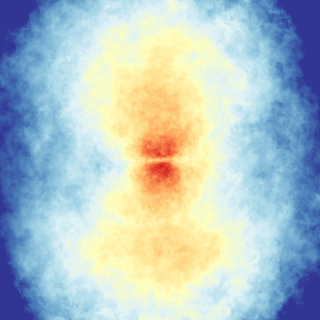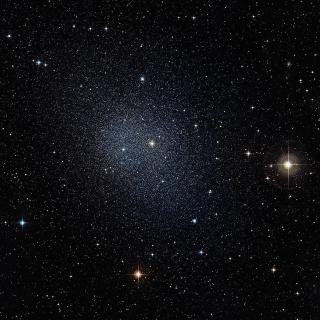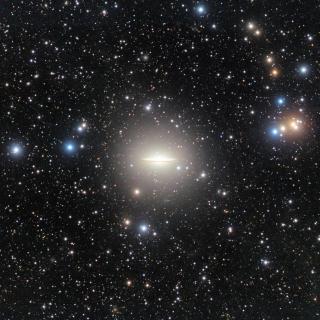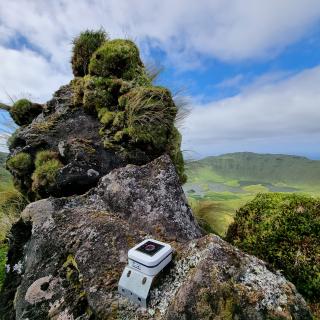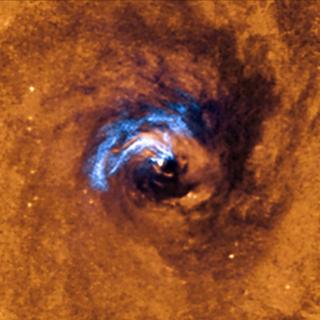
The black holes at the centres of galaxies are the most mysterious objects in the Universe, not only because of the huge quantities of material within them, millions of times the mass of the Sun, but because of the incredibly dense concentration of matter in a volume no bigger than that of our Solar System. When they capture matter from their surroundings they become active, and can send out enormous quantities of energy from the capture process, although it is not easy to detect the black hole during these capture episodes, which are not frequent.
Advertised on
